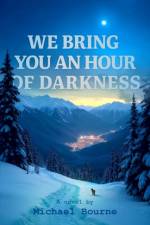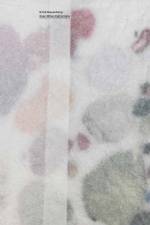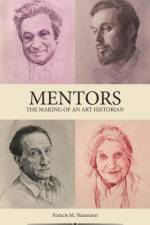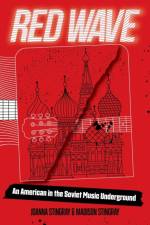av Jana Zimmer
301
A second-generation Holocaust survivor weaves together fragments of her familys history and witness testimony in narrative and collage, using her art as transformation and remembrance.Chocolates from Tangieris a bold and innovative ensemble piece that comes straight from the heart. With illustrations by way of words, letters, poems and her own impressive images, artist Jana Zimmer brings her parents Holocaust story to life in a moving and meaningful way. Beautiful.Wendy Holden, author ofBorn Survivors:Three Young Mothers and Their Extraordinary Story of Courage, Defiance, and HopeNever, never, never ask Daddy about her. For fifty years, Jana Zimmer obeyed her mothers directive, until her mother died, leaving behind a trove of family photos and documents, mostly in Czech, with just a few cryptic notes as explanation, for her only child to knit the familys past together. Late in her own life, Zimmer became a visual artist. The words and images in this book convey her journey to understand her parents and their experiences in the Holocaust, filtered through her own discoveries decades after returning to her birthplace, Prague, and to Terezn, where her family was first interned.Exhibitions of Zimmers artwork in 2007, both in Prague and at the Terezn Ghetto Museum, were mainly inspired by her half-sister, Ritta, who perished in Auschwitz before Zimmer was born, and by her fathers grief over that loss. Rittas drawings made in Terezn, now in the Prague Jewish Museums collection of childrens artwork from the ghetto, populate Zimmers book as well as spare photographs and mementos that reflect Zimmers internal world that of a Holocaust replacement child.In 2015, an exhibition in Germany allowed Zimmer to explore her relationship to her mothers experiences as survivor of Terezn, Auschwitz, and Mauthausen, and as a Jewish slave laborer in a Nazi aircraft factory in Freiberg, Saxony, in 1944. In both exhibits, and now, in putting together the visual story, their life stories, and her text, Zimmers task has been the seemingly impossible to remember where she had never been, for her parents, who had wanted only to forget, and to find her place between them.The world attacks us directly, tears us apart through the experience of the most incredible events, and assembles and reassembles us again. Collage is the most appropriate medium to illustrate this reality. J. Kol (Czech, 19142002)




















